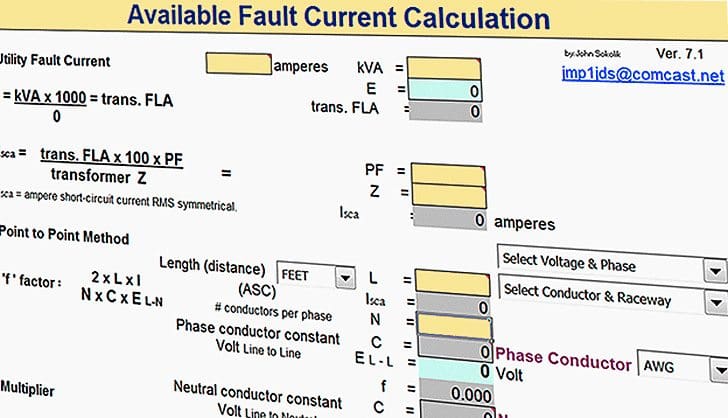When A and E drawings dont have fault current calculations it makes me wonder why they dont perform this at pre con stage. Do EC perform this study themselves or hire out engineer.
1.CONTRACTOR SHALL CONDUCT A FAULT CURRENT CALCULATION ON ALL
EQUIPMENT AND MARK AS REQUIRED PER THE N.E.C.
2.CONTRACTOR SHALL PROVIDE AN ARC-FLASH STUDY AND LABEL ALL
EQUIPMENT AS REQUIRED PER THE N.E.C.
1.CONTRACTOR SHALL CONDUCT A FAULT CURRENT CALCULATION ON ALL
EQUIPMENT AND MARK AS REQUIRED PER THE N.E.C.
2.CONTRACTOR SHALL PROVIDE AN ARC-FLASH STUDY AND LABEL ALL
EQUIPMENT AS REQUIRED PER THE N.E.C.


